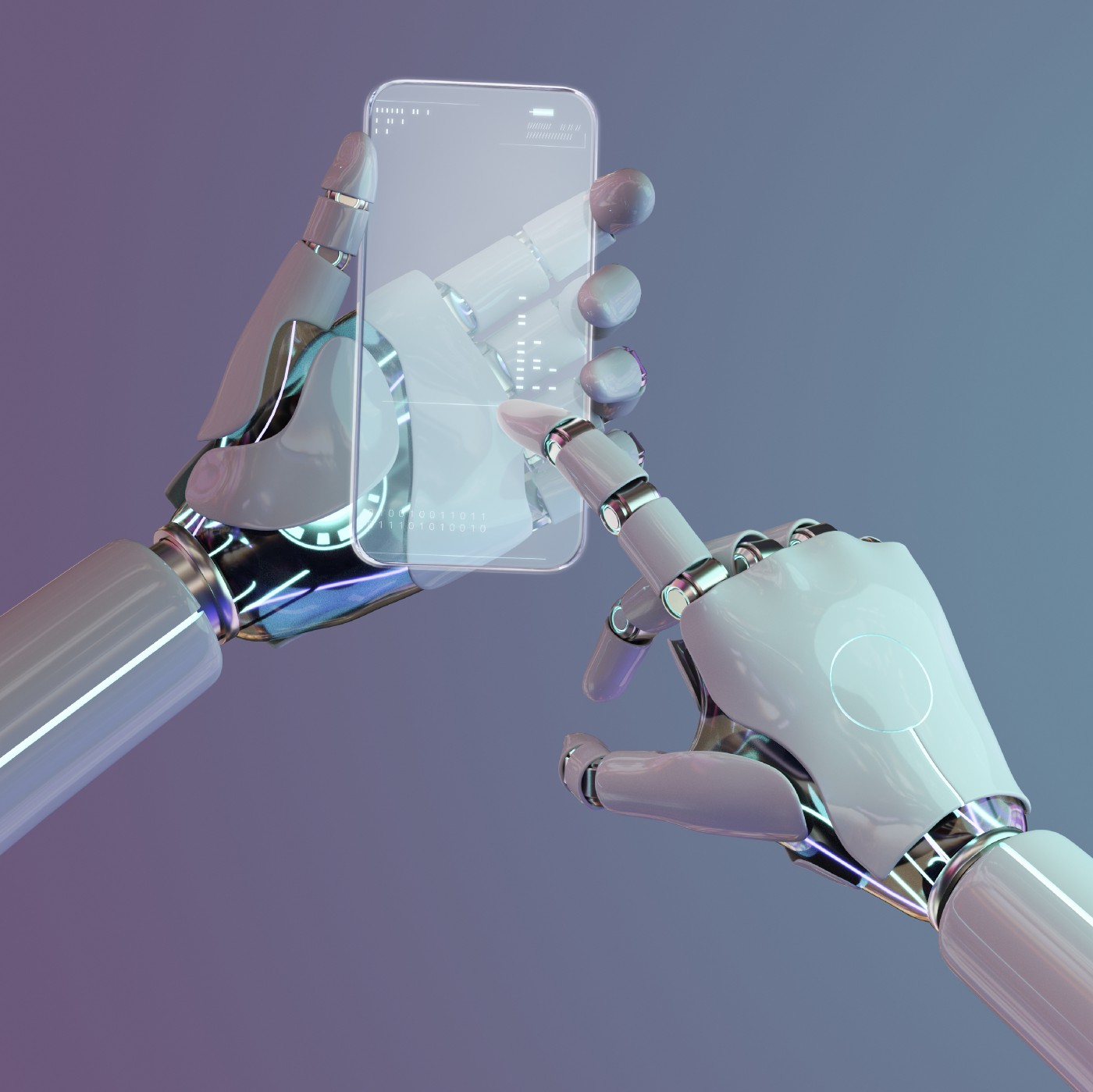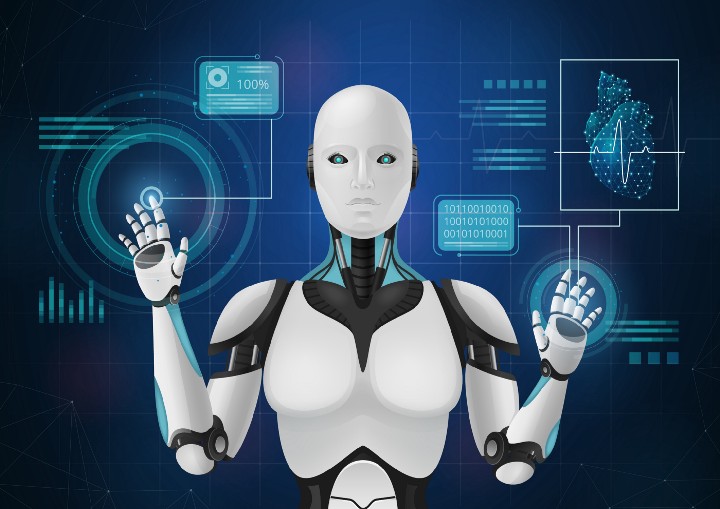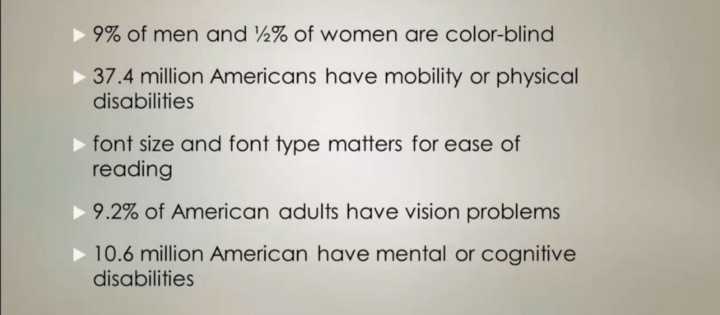Accessibility; Assistive Technology and AI.
 victoria ottah
victoria ottah
Everyone wants a more accessible life. For others, it’s a necessity, and this has been made possible through the help of Assistive technology. This assistance is made available for anyone who needs it, more importantly for individuals that need it to be able to perform basic life task. It can range from products requiring the barest of know-how to technically heavy machinery. In fact, the introduction of these devices now has the tendency to turn the world around, for the better.
For time immemorial, a trace amount of individuals have had their needs overlooked, their interests, and even their existence ignored consciously and subconsciously. Products are barely usable; thus they are grossly “underrepresented and/or marginalized”. The inculcation of Accessibility has begun to change things, making life more interesting for people with disabilities. This percentage of individuals may seem less than the majority, but Statistics show that these users should hardly be ignored.
Accessibility
Accessibility is simply building products while putting into consideration users who have been very fondly underrepresented or ignored due to racial, socioeconomic, cultural differences, and mostly physical disability. These disabilities range from visible and invisible disabilities. The disabilities can include motor disabilities, cognitive disabilities, sight disabilities and hearing disabilities.
What is Assistive technology?
Assistive technologies are devices, tools, even machines that are designed to serve as aids to users that need them. They are built to enhance, accelerate or ease the day to day living of its users. These machinery can go from things as low tech as walking sticks, pens, calculators to devices as sophisticated and high tech as prosthetics and screen readers.
Examples are a pen, calculator, or wheelchair, screen readers on the computer and even more. Accessibility and its relation to Users with disabilities is explained thoroughly in the previous article.
Why is Accessibility Important?
It is interesting to jump right into problem solving, designing products that aid, assistive technology and everything in between,however, it is necessary to know how important Accessibility, making designs inclusive, creating products that are accommodating to these once marginalized or underrepresented individuals really is. These individuals had to fight to get the audience that they have Presently.
History makes us understand that the rights of the disabled were taken up as more serious and important after Tim Nugent, who is known as the father of Accessibility took the bold step to fight for the rights of injured soldiers from world war 2, going as far as building an institution for them to learn to live a normal life again. Besides ridicules and no suppose, Tim Nugent was able to successfully ensure the disabled are accommodated.
This further encouraged its enactment in the American law, from the year 1974, down through the revised WCAG 2.0 in 2008, then the refreshed section 508 and subsequent laws made by different organizations both locally and internationally that people with disabilities should be considered as part of the population while making important life decisions.
This ranges from things as basic as employment, day to day living like the use of transportation systems, down to the use of electronic devices, gadgets and most especially the internet.
The introduction of assistive technology made the actualization of this movement veer towards success. This law also does not only recognize physical disabilities but cognitive disabilities such as learning disabilities (dyslexia, dysgraphia, [dyscalculie]https://en.m.wikipedia.org/wiki/Dyscalculia), as well. The organizations that contribute to this movement are both governmental and nongovernmental organizations like Universities and other institutions like the ADA, CVAA, etc.
What is a Disability?
 Happy man Running with Prosthetic legs
Happy man Running with Prosthetic legs
A person with a disability is has a condition that limits them from engaging in normal day to day activities, these could include physical or mental activities. Disabilities are grouped into visible or invisible.
Visible disabilities as the name entails are disabilities that others can easily identify or recognize, whereas the latter defines disabilities that are not easily noticed until an interaction is made with the individual. The visible and invisible disabilities encompass sensory disabilities, motor disabilities and cognitive disabilities.
Assistive technologies have had active impacts in providing solutions and giving help to individuals that have these disabilities, helping them go about their day to day living with little or no discomfort. Many assistive technologies come in the form of a tool controlled by the individual 100% of the time.
Recently, immense attention has been drawn to how Artificial Intelligence (AI) can help with Assistive technology and it is right to say, “AI is the Future, and the Future is here”.
What is Artificial Intelligence?
 AI/Robotics by macrovector
AI/Robotics by macrovector
Artificial intelligence(AI) is the ability of machines to act like humans resulting from training machines or computers to carry out tasks/assignments originally performed by humans, such as decision making, perceiving visuals, speech recognition, language translations, and much more. This could be done by Robotics or software.
This is generally aimed at solving problems without having to put in a lot of effort. This helps channel the human energy to other important things and, most importantly, serves as a great help to anyone who is unable to perform such tasks on their own. Examples of AI inventories include Robots, prosthetic, artificial breathing machines, voice assistants,Alt text, screen readers, etc.
How AI has improved Assistive Technology
AI has been able to help and enhance the living of individuals with any of the 3 types of disabilities in different ways.
Motor Disabilities: These include individuals paralyzed in any of their four limbs or all of it, even from the neck down. Different types of inventories have been made available for these persons. Electric wheelchairs have been made available for people who are paralyzed from their neck down in that the heat or touch from their skin is able to activate the movement of the chairs. Voice recognition and visual perception software are embedded in the chairs as well so that if the paralysis inhibits their speech, they will still be able to communicate.
Robotics such as prosthetics for amputees of either part of their limbs.
Electric lifters that carry those paralyzed from their neck down to their wheelchairs.
Sensory Disabilities: These include disabilities that limit the senses, like the sense of hearing, speech, and sight. So these individuals can be either blind(color blind, night blind, myopic, total blindness), deaf or dumb. The AI made available for these individuals are mostly software and is in turn, implemented in any application to be used.
Blindness/Ear defects; Voice control is an important aid that assists individuals with eye defects or total blindness to operate their devices down to having control houses and cars as to coming in, going out, putting out the lights , turning on music and more just by speaking.
The AI recognizes the voice because it has been taught to do so, then performs tasks on request. Common examples are Apple’s Siri, Amazon’s Alexa, Google’s Google assistant.
The Screen reader is also another aid, an AI that is designed to aid learning. It converts texts and images to speech or braille outputs.
Deafness: Assistive technology such as hearing aids have helped these individuals manage this defects and even more, perform their daily tasks with ease.
Speech impediment: Close captions that automatically translate the speech to words, even to desired language has helped individuals with this disabilities.
Cognitive disabilities; This might also be called intellectual disability. The individual has limitations in communication, social skills, learning skills or generally, has limitations to function mentally. AI for cognitive disabilities come in the form of Educational software that makes learning and reading easier for these individuals. Speech recognition is an important tool. It helps individuals perform tasks in their computers like writing, sending emails, surfing the internet, and accessing social media.
Our minds are now open to the knowledge that the world needs to be Inclusive and Assistive technology in hand with AI has made that possible. A lot has been done over the years and it is safe to say more will be done to make life easier for people, especially individuals that need it the most because “AI IS THE FUTURE AND THE FUTURE IS NOW”.
Sources:
The role of assistive technology in Robotics and AI by Alsoori Alzaabi
An Introduction to Accessibility and Inclusive Design — Coursera
Subscribe to my newsletter
Read articles from victoria ottah directly inside your inbox. Subscribe to the newsletter, and don't miss out.
Written by

victoria ottah
victoria ottah
I am a Product designer specializing in Accessibility and a technical writer. Currently into machine learning, AI and assistive technology.
